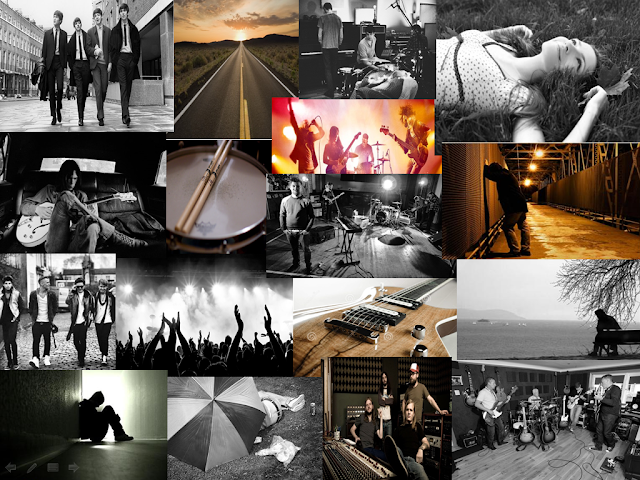TASK EVALUATION 1

What are codes and conventions?
Codes and conventions and the predictable and familiar forms and techniques used by media to communicate certain ideas or convey a desired impression
In order to understand how codes are used, it is important to understand the signs systems and their conventions or rules. The reading of signs is therefore essential in analysis and this way of interpreting the signs is called semiotics and is applied to reading visual imagery. Signs can offer denotations and connotations to the audience. Conventions our generally established ways of doing something. They are an unspoken rule that we have learnt to accept and identify. Conventions become so familiar and natural that they become something that as audiences, we expect to see. They can be used, supported or reiterated as well as subverted. Different conventions can be applied to different media concepts such as narrative and genre.
Both codes and conventions are used to create meaning and as a method or communications. They make it easier to create a product for a specific genre as you only need to repeat the conventions. This is very useful for producers as they can be easily target the audiences. It can be safer to stick to conventions rather than challenge them.
Types of codes
These are used as signs to convey and meaning and are divided into 3 categories; technical, symbolic and written.
Technical- This includes the camera angles, sound and lightning , the framing, juxtaposition and composition, the depth of field
Symbolic- This includes the mise-en-scene; the clothing, body language, actions of characters, the locations
Written- This includes the headlines, captions, style of font and graphic design
Keith Negus
Organic Artists:
-Develop career initially independently of to the music industry
-Tend to write and play most of the instruments on their songs
-Develop through playing at live venues before signing with a record label
-Have more freedom initially to chose there image and songs for release
-May start there career independently
-A naturalistic approach to artists
-The image of the artists is enhanced by the record company
-The artist is given time to evolve and progress through their career
Andrew Goodwins codes and conventions for music video
-There is a relationship between the lyrics and the visuals
-There is a relationship between the music and the visuals
-Particular genres have their own video style and iconography
-Artists develop their own star iconography in and out of their videos
-There are lots of close ups of the main artist
-Their is reference to voyeurism
-There are inter-textual references
Symbolic- This includes the mise-en-scene; the clothing, body language, actions of characters, the locations
Written- This includes the headlines, captions, style of font and graphic design
Keith Negus
Organic Artists:
-Develop career initially independently of to the music industry
-Tend to write and play most of the instruments on their songs
-Develop through playing at live venues before signing with a record label
-Have more freedom initially to chose there image and songs for release
-May start there career independently
-A naturalistic approach to artists
-The image of the artists is enhanced by the record company
-The artist is given time to evolve and progress through their career
Andrew Goodwins codes and conventions for music video
-There is a relationship between the lyrics and the visuals
-There is a relationship between the music and the visuals
-Particular genres have their own video style and iconography
-Artists develop their own star iconography in and out of their videos
-There are lots of close ups of the main artist
-Their is reference to voyeurism
-There are inter-textual references
John Stewart's codes and conventions for music videos
-Music videos have the aesthetics of a TV commercial, with lots of close ups and lighting being used to focus on the stars face
-Visual reference comes from a range if sources, although the most frequent are cinema, fashion and art photography
-Inter-textual references are used to create nostalgia and new meanings for the audience
-Video allows more access to the performer than a stage performance can. The mise-en-scene in particular is used to emphasise an aspirational lifestyle
The codes and conventions of an indie music video
-Low budget
-Common setting include things like studios which are easily accesible
-Simple setting to allow the audience to focus on the artist
-Often include a live performance
-Embedded narrative into performance to add interest
-Editing is fairly basic

Comments
Post a Comment